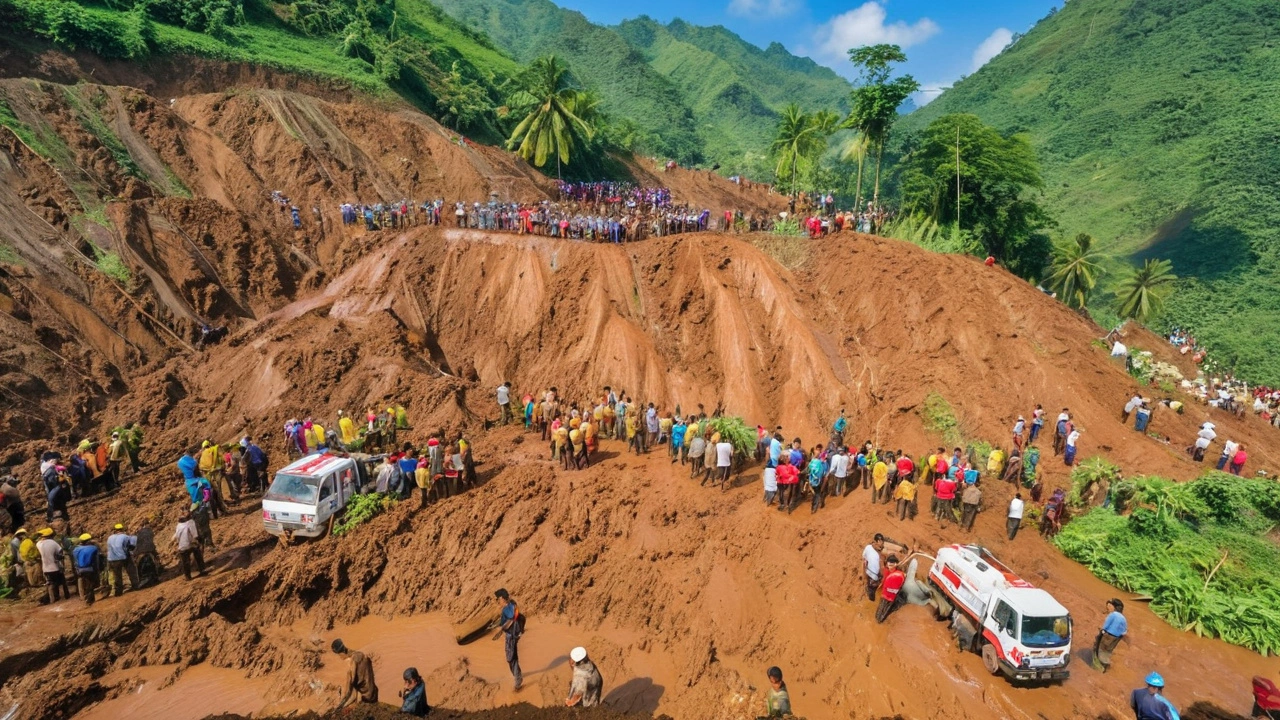Oromia Disaster: What’s Happening and How You Can Help
Heavy rains have turned many parts of Ethiopia’s Oromia region into a mess of flooded streets, collapsed homes, and blocked roads. Thousands are stuck without food, clean water, or a safe place to sleep. The situation is changing fast, and you probably want to know what’s real, what’s rumor, and what you can actually do.
First off, the flood started in early August when rivers burst their banks after weeks of nonstop rain. Villages along the Awash and Rift Valley basins were hit the hardest. Local officials say more than 20,000 people have been displaced, and dozens of schools and clinics are under water.
Current Situation on the Ground
Rescue teams from the Ethiopian Red Cross are out there with boats and temporary shelters, but they’re stretched thin. In the town of Adama, makeshift camps are holding about 5,000 families. Water contamination is a big worry – many wells are full of mud and bacteria, which means the risk of cholera has jumped.
Health workers report that children are the most vulnerable. Malnutrition scores are rising, and there are already a handful of measles cases in the camps. Food rations are arriving, but the supply lines are slow because many roads are still washed out.What’s clear is that the disaster isn’t over. Forecasts say more rain is coming in the next two weeks, which could push the rivers even higher. That makes it critical to keep an eye on official alerts and to support the teams already on the ground.
Ways to Support Relief Efforts
If you’re looking to help, the easiest route is to donate to trusted organizations. The Ethiopian Red Cross, UNICEF, and the International Federation of Red Cross have clear donation pages and are already coordinating the emergency response.
Even small contributions add up. A $10 donation can buy a family of three a clean water bottle pack for a week. If you can give more, consider sponsoring a tent or a month’s worth of food for a displaced household.
Besides money, you can spread accurate information. Share updates from reliable news sites or the agencies’ social media accounts. Rumors about aid trucks being delayed or theft can cause panic, so keeping the message factual helps everyone stay calm.
For those with a knack for logistics, many NGOs are looking for volunteers with experience in supply chain, medical aid, or construction. Even if you’re not in Ethiopia, you can offer remote support – translating documents, managing online fundraising, or helping with data entry for victim registries.
Finally, don’t forget to check if any local charities or churches in your area are running fundraisers. Often they have direct links with the larger NGOs and can channel help faster.
The Oromia disaster is a tough situation, but the good news is that the response is already moving. By staying informed, donating wisely, and sharing reliable updates, you become part of the solution. Every bit helps, and together we can make sure the people of Oromia get the relief they need as soon as possible.
Ethiopia Landslide Disaster: Death Toll Could Reach 500 as Rescue Efforts Intensify
The death toll in Ethiopia's Oromia region landslides could escalate to 500. Amidst severe weather, 250 bodies have been retrieved, and 300 people remain missing. Rescue operations are complicated by remote, inaccessible locations. The government has declared a state of emergency, urging international aid as thousands are displaced and infrastructure is ravaged.
View More





